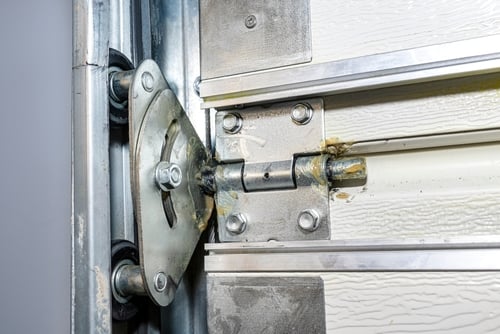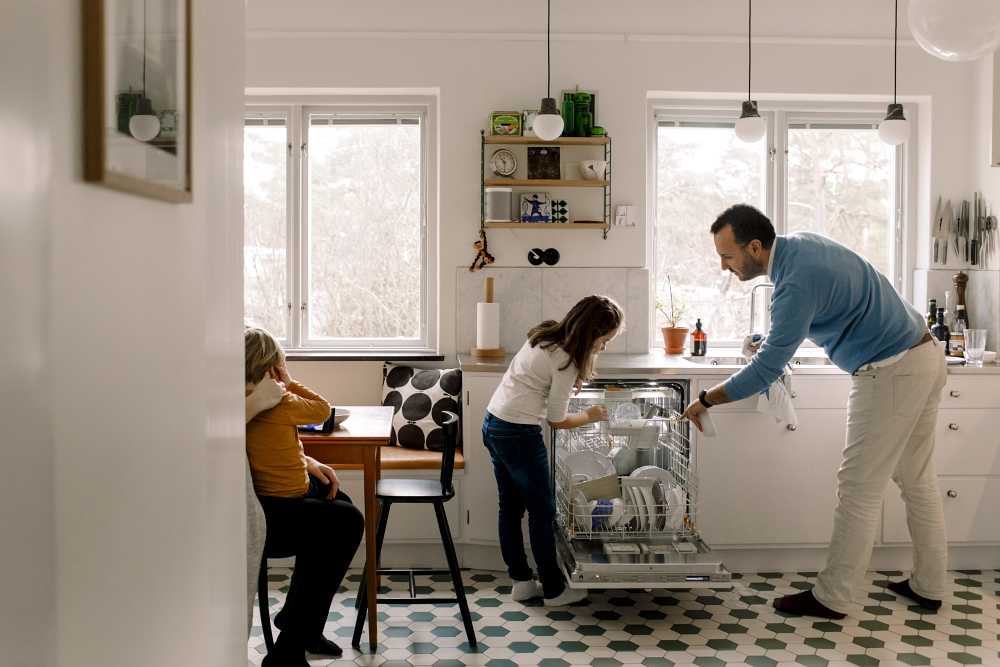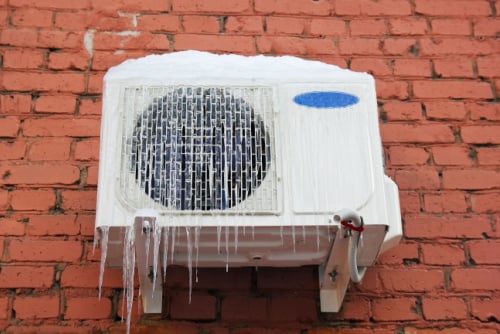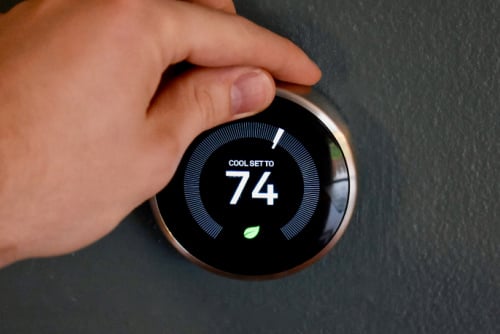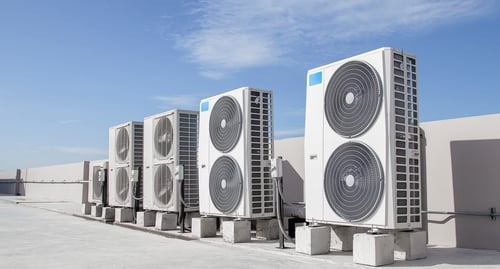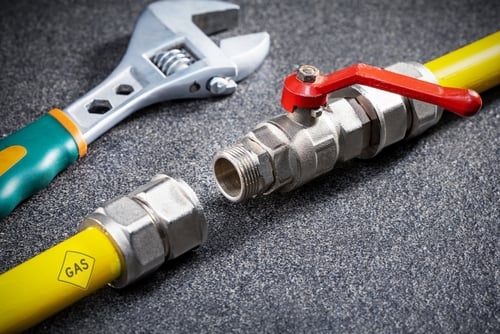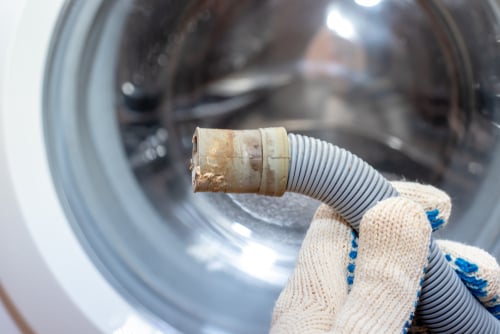It’s time to lubricate the garage door that’s been irritating you for so long.
Eventually, garage door springs, rollers and hinges are going to make noise. It’s just a result of normal use and doesn’t mean anything is seriously wrong. But if it’s gradually gotten to the point that you hesitate to close your garage door so you don’t have to hear the squeaking, then it’s time to fix it.
Fortunately, the solution to garage door squeaks is pretty simple. Pick the right lubricant and know where and how to apply it, and you should be able to silence the noise.
For openers, seek out the squeak.
The first step in lubricating garage doors is to find out where the annoying noise is coming from. Open and close your garage door a few times to see if you can pinpoint the source. Also look for any wobbling and check for rust.
Shut down the power.
You don’t want the garage door opening up while you’re working on it.
- First, unplug the opener.
- Then, disengage it to manually pull the garage door up and down, providing easier access to the lower rollers. This will help you spray lubricant while sliding the door along the tracks.
Check out the usual suspects: hinges and rollers.
Now it’s time to track down the most common causes of garage door squeaks. The hinges connect the garage door sections. One component of the hinge is a rod that spins when the door opens and closes. That creates friction, which in turn can cause squeaks.
Next, check the rollers on both sides of the door that move it up and down the tracks and are attached to their own hinges. Look for cracks or missing chunks, and make sure they’re not misshapen or worn down.
Relax and check the tension spring.
If the hinges and rollers seem okay, move on to the tension spring above the door. It contracts and expands when the door opens and closes, and it’s another friction spot—and another possible cause of a squeaky garage door.
Keep in mind that all garage door springs are under very high tension and have been known to cause serious injury, so when lubricating garage door springs proceed with caution.
If your garage door has extension springs instead of a torsion spring, there’s no need for lubrication. Extension springs are normally located on either side of the door. The springs compress as the garage door closes and extend as it opens. Torsion springs are single units positioned directly above the garage door, usually within a protective tube.
Still can’t tell if the squeak is coming from the hinges, rollers or spring? it won’t hurt to give them all a coat of spray lubricant.
If you hear a rattling or wobbling sound when the garage door opens and closes, grab your socket wrench and tighten the screws and bolts keeping the parts in place, leaving them a bit loose to allow for movement. And replace any damaged hinges.
While you’re at it, check whether any of these parts are rusting. A rusted screw is more likely to become a problem the longer you leave it, because it’s likely to strip when you try to tighten or loosen it. The best idea is to replace the culprit right away.
Lubricate the hinges.
- Use a spray-on lubricant specifically for garage doors.
- Attach the applicator straw to your can of spray lubricant.
- Focus on the two pivot points of each hinge.
- Then spray along the seam of the rod that runs between the pivot points. You may have to spin the rod to expose the seam.
- While you’re at it, lubricate the locks, arm bar and bearing plates.
Then do the rollers.
There are as many ways to apply lubricant as there are types of rollers.
. Lubricate the outside of plastic rollers and where the shaft meets the roller.
. Apply lubricant to the ball bearings of steel rollers, which are found at the innermost part of the roller, where it meets the shaft.
. Nylon rollers with exposed ball bearings get the same treatment as steel rollers.
. Treat nylon rollers with no ball bearings the same as plastic rollers.
. Nylon rollers with sealed ball bearings don’t need any maintenance.
Use a light touch and immediately wipe away any excess. You should lubricate the rollers a couple times a year—or any time they go back to making noise.
See if you’ve fixed your squeaky garage door.
Open and close your garage door a few times to distribute the lubricant. If you still hear squeaking on the hinges or rollers, hit them with another round of lubricant. Once you’ve taken care of the problem, make garage door maintenance a regular part of your routine. Still can’t fix the squeak? Video chat with and Expert today to get to the bottom of it.
Keeping your garage door operating properly can save you a lot of inconvenience—not to mention a lot of money. At Frontdoor®, we‘re here to help you keep the small things from turning into bigger—and more expensive—ones.
Want to learn more about lubricating garage doors, garage door maintenance, or anything else about keeping things working properly around your home? Download the app if you haven’t already, for a wide range of helpful DIY tips or to chat with a helpful, friendly Frontdoor Expert.
Your first video chat with an Expert is free, but you can also upgrade to a Prime or Premium membership for even more access to our home repair Experts and member benefits to help keep your home running smoothly.
Was this article helpful?
